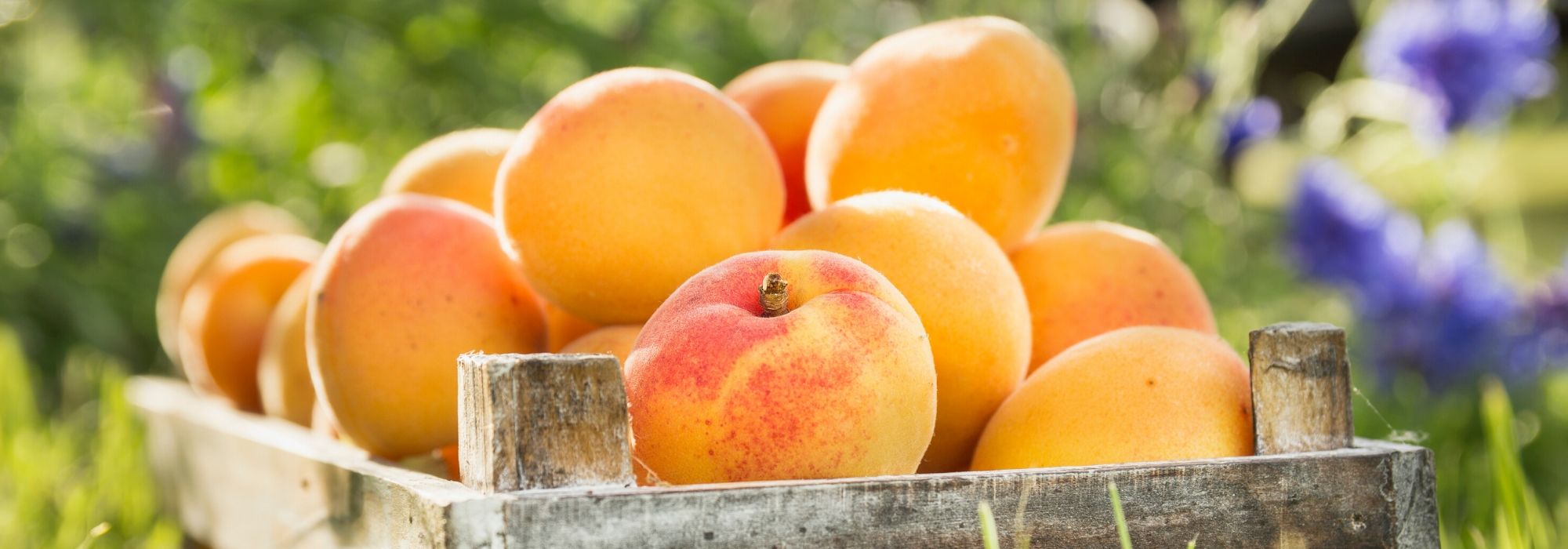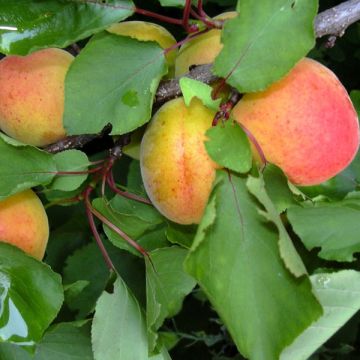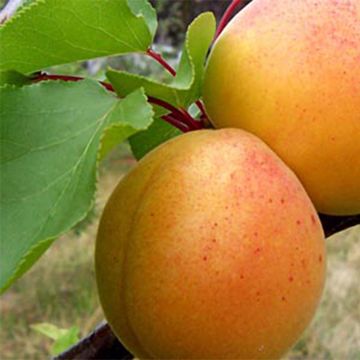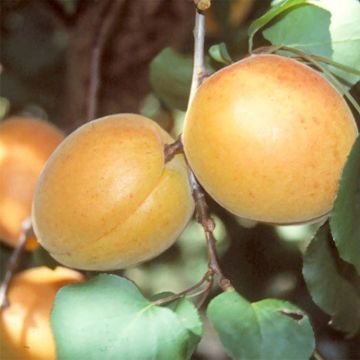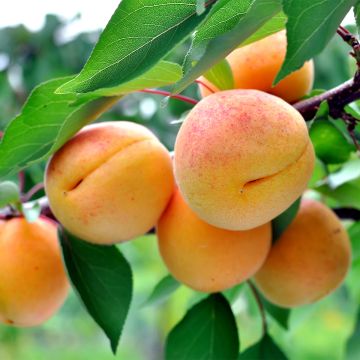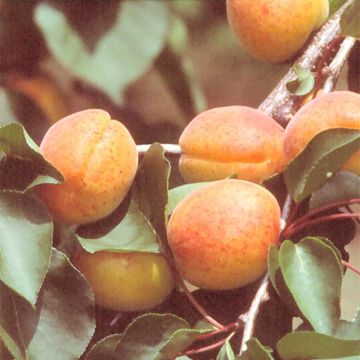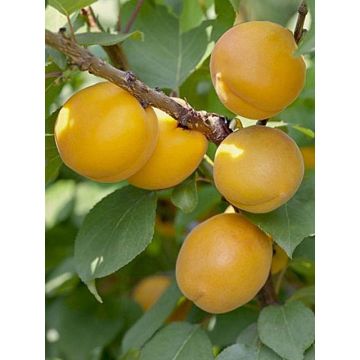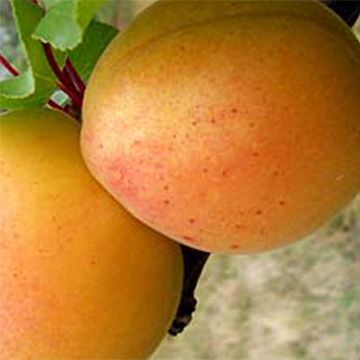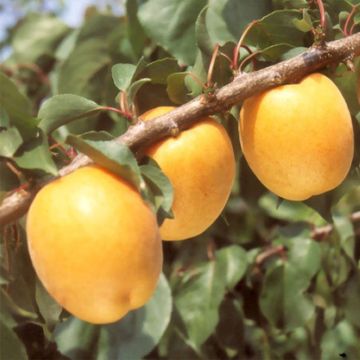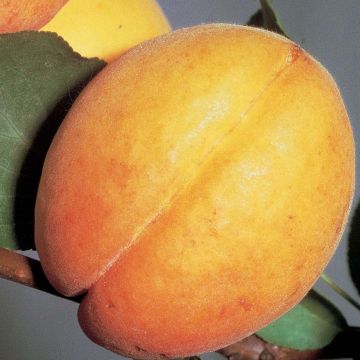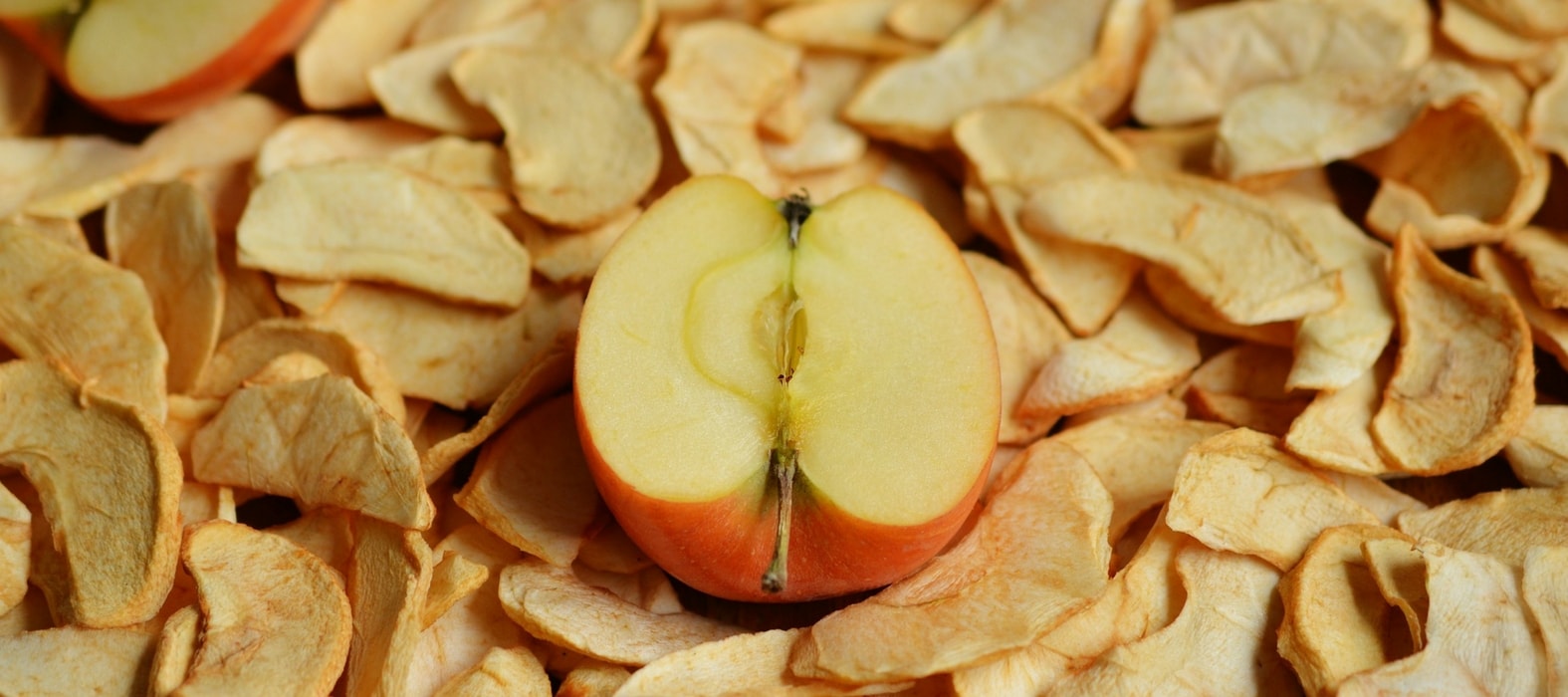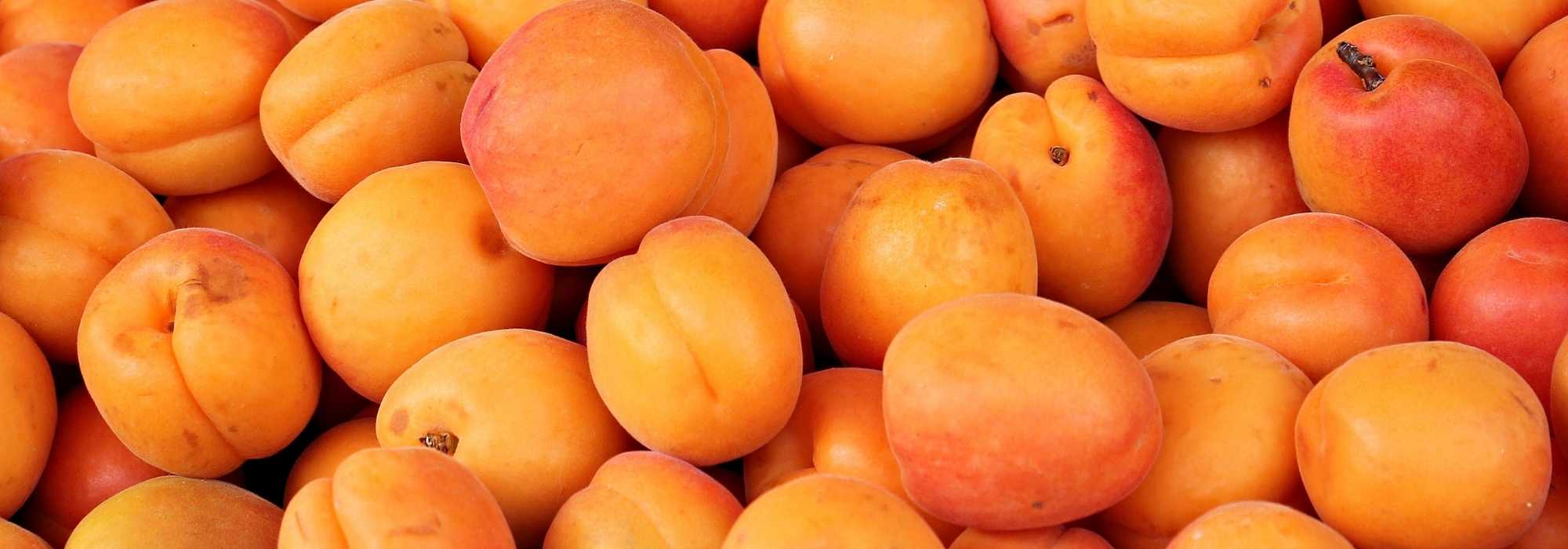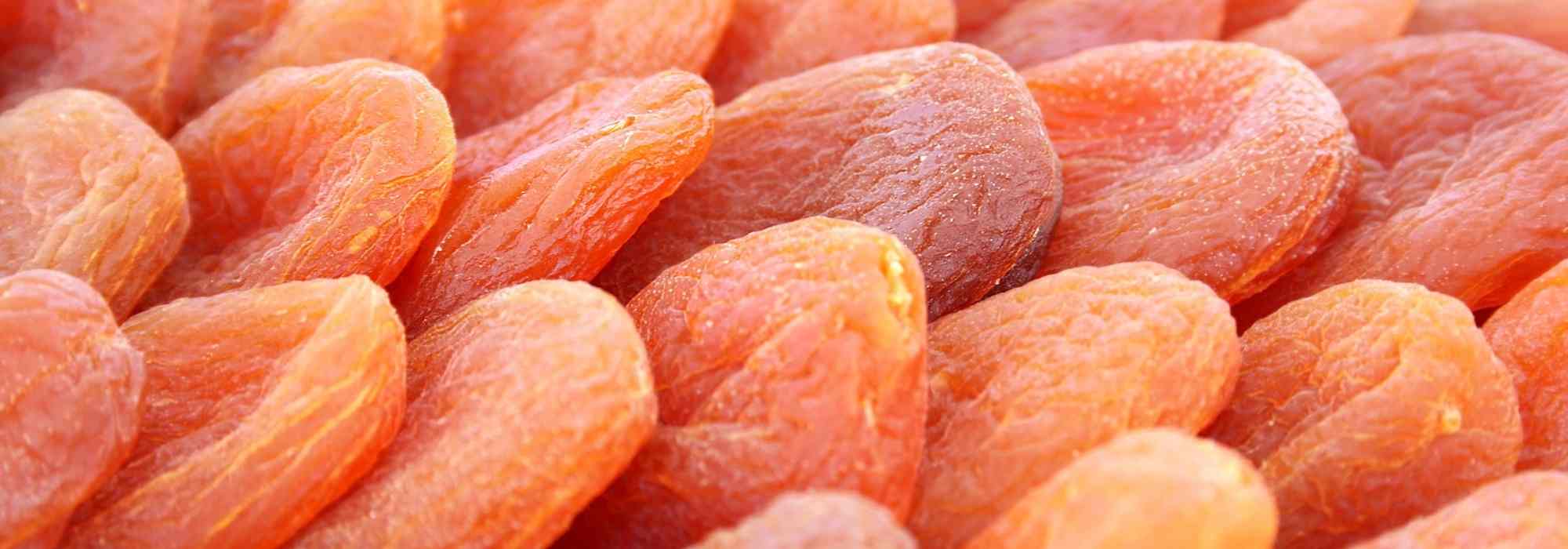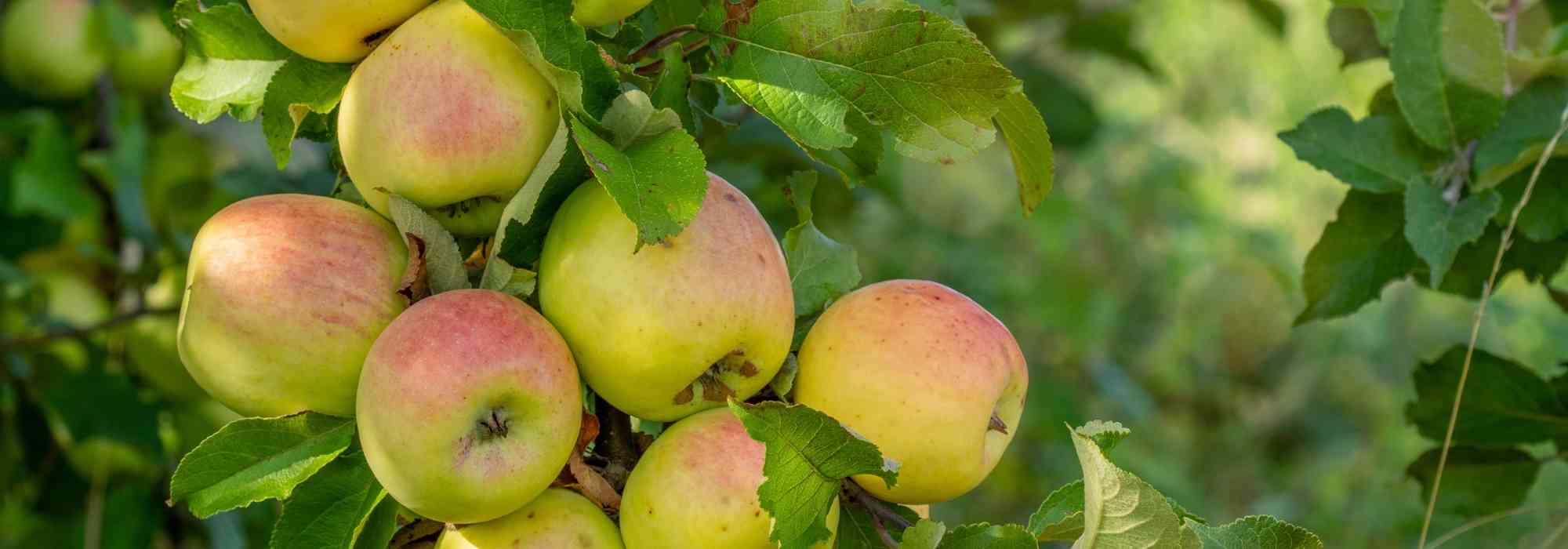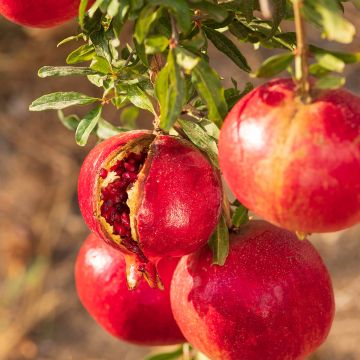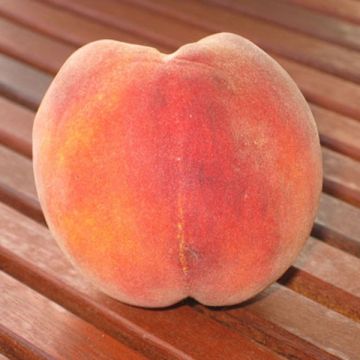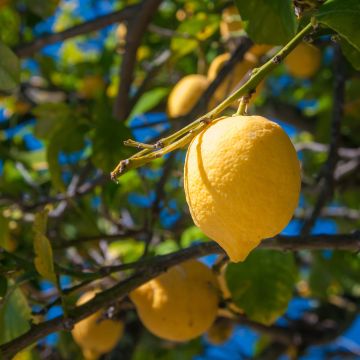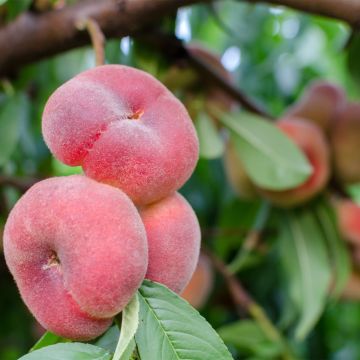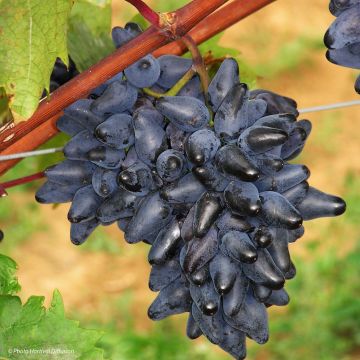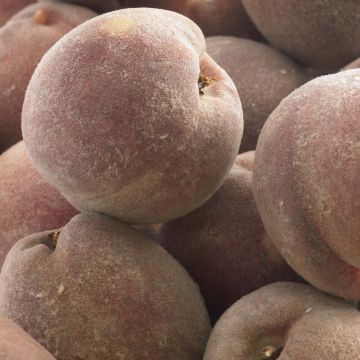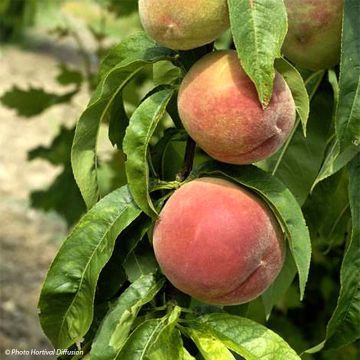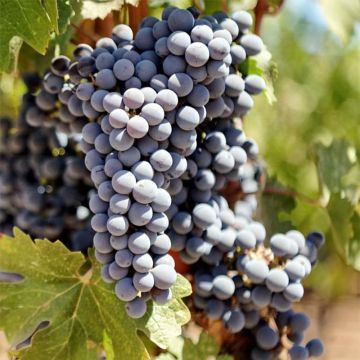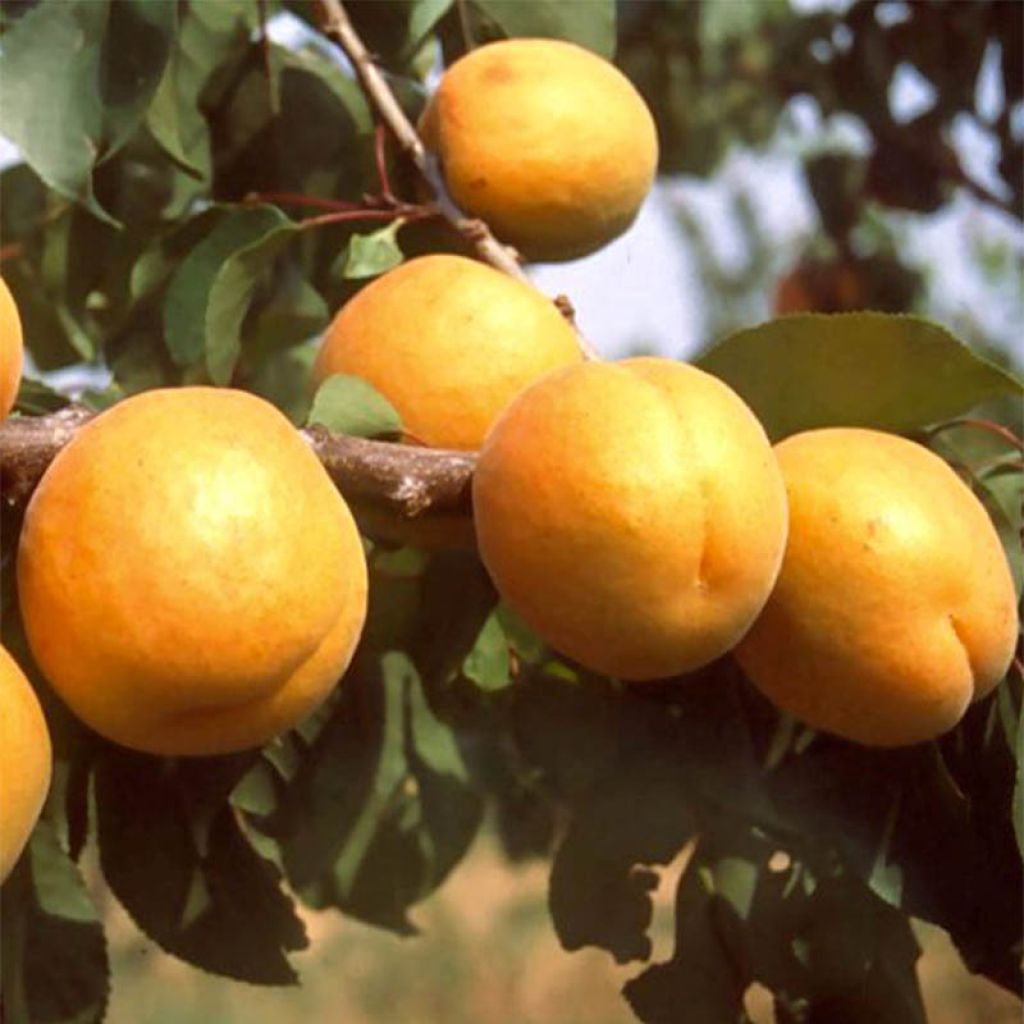

Prunus armeniaca Bergeron Apricot Tree - Prunus armeniaca
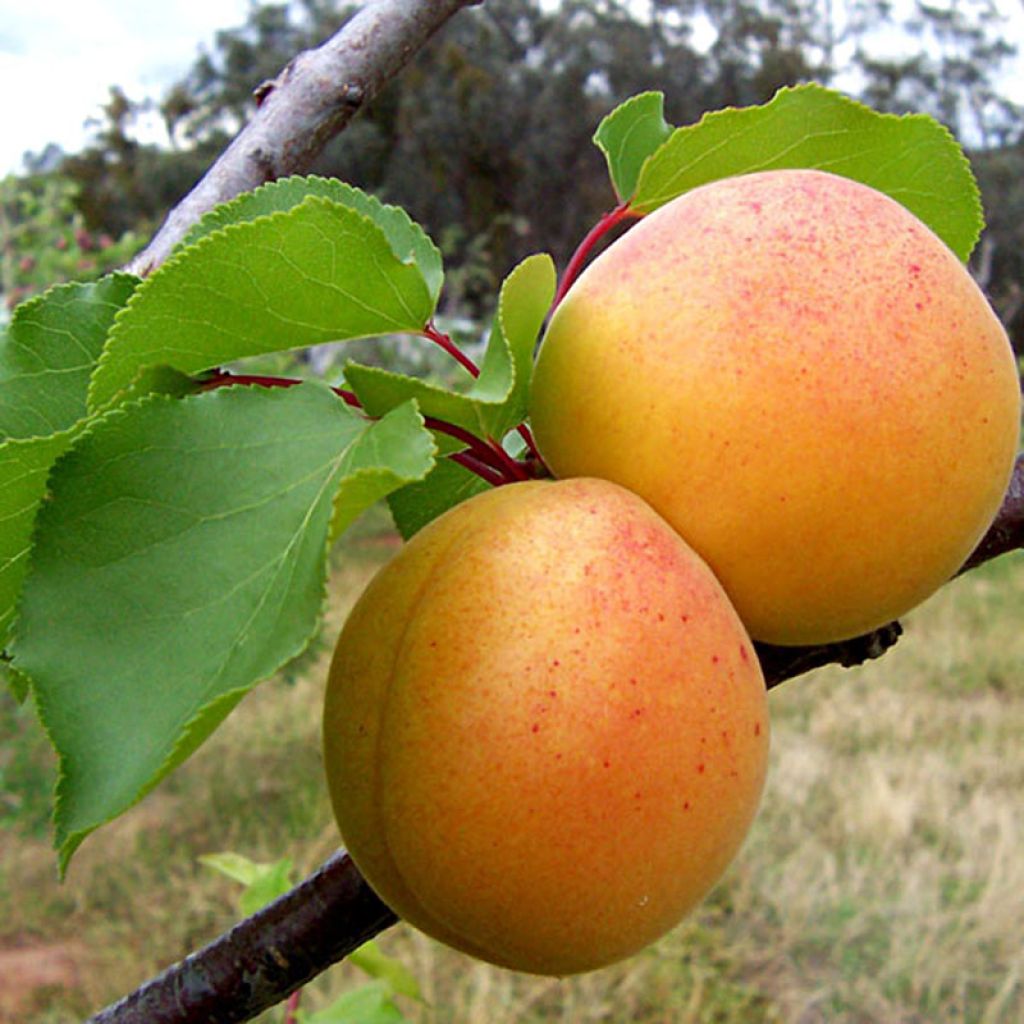

Prunus armeniaca Bergeron Apricot Tree - Prunus armeniaca
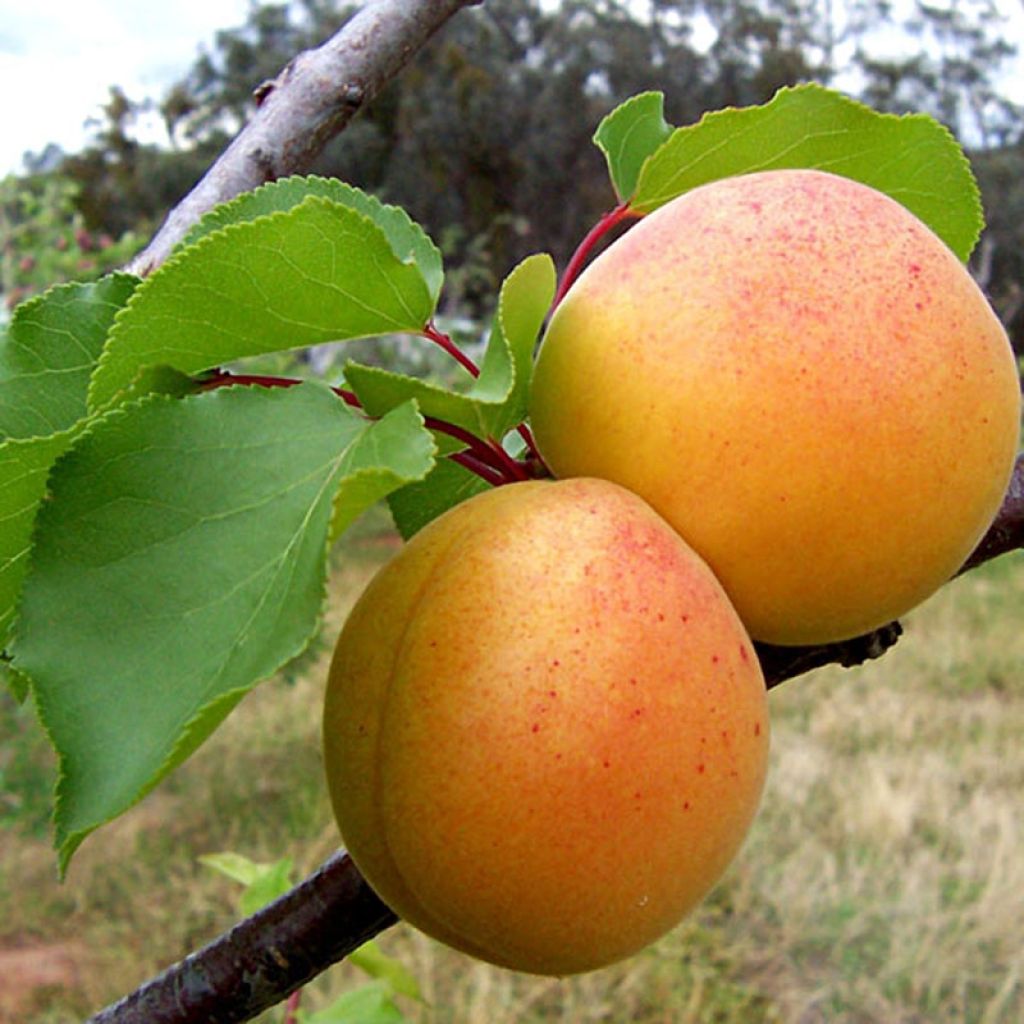

Prunus armeniaca Bergeron Apricot Tree - Prunus armeniaca
Prunus armeniaca Bergeron Apricot Tree - Prunus armeniaca
Prunus armeniaca Bergeron
Apricot
I agree with Nicolas. Besides the fact that ours took over a week to arrive. I followed the advice of customer service and planted it immediately, yet upon arrival, I noticed—in addition to the fatigue from transport—spots and holes on the leaves, making me wonder if it had a fungal issue. Currently, it has reached the same state as the one Nicolas described, even though it's watered regularly but not excessively. I’ll trust Promesses de Fleurs and wait for the full cycle.
Nadia T, 13/08/2025
Special offer!
Receive a €20 voucher for any order over €90 (excluding delivery costs, credit notes, and plastic-free options)!
1- Add your favorite plants to your cart.
2- Once you have reached €90, confirm your order (you can even choose the delivery date!).
3- As soon as your order is shipped, you will receive an email containing your voucher code, valid for 3 months (90 days).
Your voucher is unique and can only be used once, for any order with a minimum value of €20, excluding delivery costs.
Can be combined with other current offers, non-divisible and non-refundable.
Home or relay delivery (depending on size and destination)
Schedule delivery date,
and select date in basket
This plant carries a 6 months recovery warranty
More information
We guarantee the quality of our plants for a full growing cycle, and will replace at our expense any plant that fails to recover under normal climatic and planting conditions.
Description
The most well-known variety, serving as a reference in France, the Bergeron Apricot tree is a self-fertile variety. This semi-late flowering variety, therefore resistant to cold, is particularly well adapted to temperature variations at the end of winter. Its large oblong-rounded fruits measure 5 to 5.5 cm (2in) in diameter and weigh 60-65 g. They are saffron yellow, turning red when ripe. Their flesh is particularly firm, tangy, and highly fragrant. While they can be enjoyed when very fresh, they are even more appreciated when preserved in syrup. Ripening occurs from mid-July to mid-August, thus concluding the apricot season.
The apricot tree is native to Central and Eastern Asia. It has been cultivated in China since 3,000 BC. The apricot tree we cultivate (Prunus armeniaca) was introduced to the Mediterranean basin from Armenia, hence its name, at the beginning of the Christian era. It was introduced to France during the Renaissance. In 1920, a chance seedling grown by Mr. Bergeron in Saint Cyr au Mont d'Or, near Lyon, gave rise to the Bergeron Apricot tree variety.
The Bergeron Apricot tree is adapted to colder regions. Its hardiness allows it to withstand temperatures as low as -30°C (-22°F). However, for optimal fruiting, it appreciates well-defined seasons. A sunny location, protected from the wind and facing south, will significantly improve fruiting.
This variety has a semi-erect to semi-spreading habit, indicating a slender and tall tree, with spaced foliage, whose branches have vertical growth for some and horizontal growth for others. The leaves are dentate, heart-shaped, and have a long petiole. It can reach up to 6 m (20ft) in height with a diameter of 4 m (13ft). It starts producing at 3 years old and becomes fully mature at 7 years old.
Flowering occurs in March, before the leaves emerge. It is semi-early, allowing it to avoid late winter frosts. The flowering is carried by the previous year's branches. The flower has 5 pink petals and purple sepals. It is fragrant but does not last long. Fruiting will result in the ripening of the fruits from mid-July to mid-August, the last apricots of the season. The Bergeron Apricot tree is self-fertile, so it does not require the presence of another apricot tree for pollination.
Apricots are consumed fresh, dried, or prepared in various ways: jams, pies, compotes, apricots in syrup. They are also found in savory dishes, such as rabbit with apricots and parsnips, an English recipe. Apricot juices are often mixed with a touch of peach juice to balance the natural acidity of the apricot.
Prunus armeniaca Bergeron Apricot Tree - Prunus armeniaca in pictures
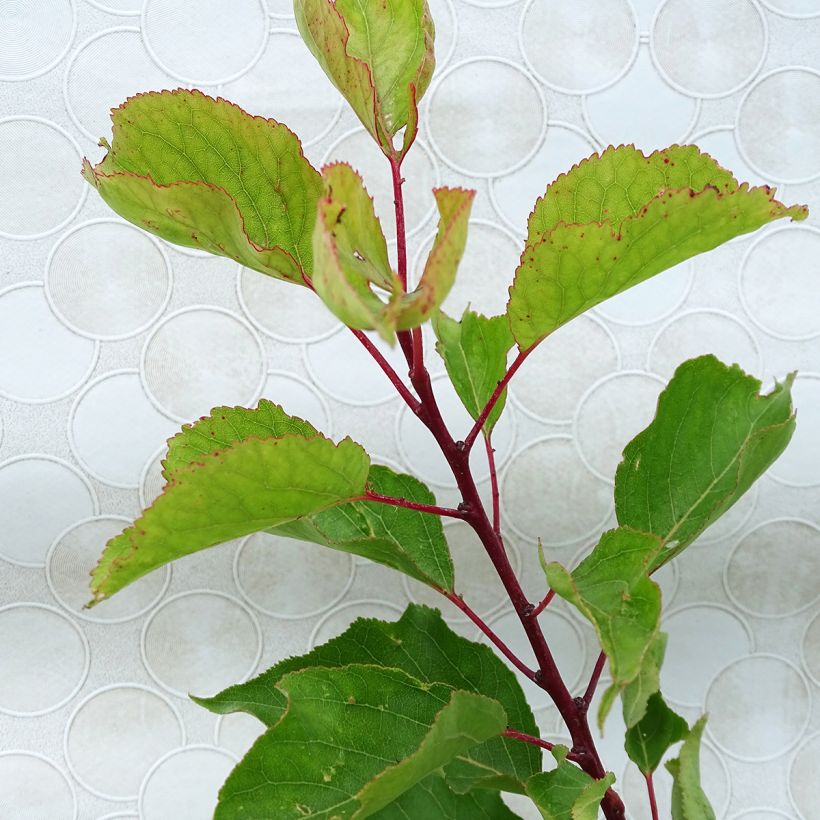

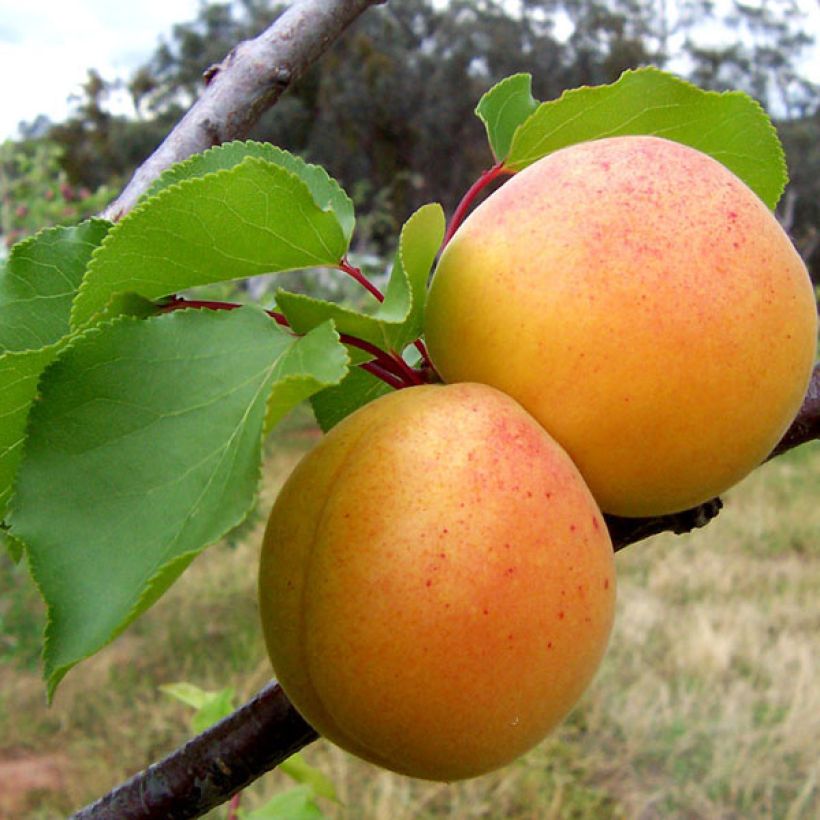

Plant habit
Fruit
Flowering
Foliage
Botanical data
Prunus
armeniaca
Bergeron
Rosaceae
Apricot
Western Europe
Other Apricot trees
View all →Planting and care
The planting preferably takes place at the beginning of winter, when the tree is in vegetative rest, and before the frost. To plant several apricot trees, space them at least 1.5 m (5ft) apart. Dig a hole two to three weeks before planting, twice as wide and deep as the pot. On the day, place the tree with its pot in a basin of water, to moisten the entire root ball by capillarity. Install compost at the bottom of the hole. Place the tree in the hole, fill with soil mixed with compost. Firmly pack the base. The root ball should be completely covered. Water thoroughly.
The Bergeron Apricot is not demanding in terms of soil type. It will ideally thrive in a rich and light, fresh, and above all well-drained soil: it does not tolerate stagnant water. Plant it in a sunny location, sheltered from the winds from the North and East.
Planting period
Intended location
Care
Planting & care advice
-
, onOrder confirmed
Reply from on Promesse de fleurs
Similar products
Haven't found what you were looking for?
Hardiness is the lowest winter temperature a plant can endure without suffering serious damage or even dying. However, hardiness is affected by location (a sheltered area, such as a patio), protection (winter cover) and soil type (hardiness is improved by well-drained soil).

Photo Sharing Terms & Conditions
In order to encourage gardeners to interact and share their experiences, Promesse de fleurs offers various media enabling content to be uploaded onto its Site - in particular via the ‘Photo sharing’ module.
The User agrees to refrain from:
- Posting any content that is illegal, prejudicial, insulting, racist, inciteful to hatred, revisionist, contrary to public decency, that infringes on privacy or on the privacy rights of third parties, in particular the publicity rights of persons and goods, intellectual property rights, or the right to privacy.
- Submitting content on behalf of a third party;
- Impersonate the identity of a third party and/or publish any personal information about a third party;
In general, the User undertakes to refrain from any unethical behaviour.
All Content (in particular text, comments, files, images, photos, videos, creative works, etc.), which may be subject to property or intellectual property rights, image or other private rights, shall remain the property of the User, subject to the limited rights granted by the terms of the licence granted by Promesse de fleurs as stated below. Users are at liberty to publish or not to publish such Content on the Site, notably via the ‘Photo Sharing’ facility, and accept that this Content shall be made public and freely accessible, notably on the Internet.
Users further acknowledge, undertake to have ,and guarantee that they hold all necessary rights and permissions to publish such material on the Site, in particular with regard to the legislation in force pertaining to any privacy, property, intellectual property, image, or contractual rights, or rights of any other nature. By publishing such Content on the Site, Users acknowledge accepting full liability as publishers of the Content within the meaning of the law, and grant Promesse de fleurs, free of charge, an inclusive, worldwide licence for the said Content for the entire duration of its publication, including all reproduction, representation, up/downloading, displaying, performing, transmission, and storage rights.
Users also grant permission for their name to be linked to the Content and accept that this link may not always be made available.
By engaging in posting material, Users consent to their Content becoming automatically accessible on the Internet, in particular on other sites and/or blogs and/or web pages of the Promesse de fleurs site, including in particular social pages and the Promesse de fleurs catalogue.
Users may secure the removal of entrusted content free of charge by issuing a simple request via our contact form.
The flowering period indicated on our website applies to countries and regions located in USDA zone 8 (France, the United Kingdom, Ireland, the Netherlands, etc.)
It will vary according to where you live:
- In zones 9 to 10 (Italy, Spain, Greece, etc.), flowering will occur about 2 to 4 weeks earlier.
- In zones 6 to 7 (Germany, Poland, Slovenia, and lower mountainous regions), flowering will be delayed by 2 to 3 weeks.
- In zone 5 (Central Europe, Scandinavia), blooming will be delayed by 3 to 5 weeks.
In temperate climates, pruning of spring-flowering shrubs (forsythia, spireas, etc.) should be done just after flowering.
Pruning of summer-flowering shrubs (Indian Lilac, Perovskia, etc.) can be done in winter or spring.
In cold regions as well as with frost-sensitive plants, avoid pruning too early when severe frosts may still occur.
The planting period indicated on our website applies to countries and regions located in USDA zone 8 (France, United Kingdom, Ireland, Netherlands).
It will vary according to where you live:
- In Mediterranean zones (Marseille, Madrid, Milan, etc.), autumn and winter are the best planting periods.
- In continental zones (Strasbourg, Munich, Vienna, etc.), delay planting by 2 to 3 weeks in spring and bring it forward by 2 to 4 weeks in autumn.
- In mountainous regions (the Alps, Pyrenees, Carpathians, etc.), it is best to plant in late spring (May-June) or late summer (August-September).
The harvesting period indicated on our website applies to countries and regions in USDA zone 8 (France, England, Ireland, the Netherlands).
In colder areas (Scandinavia, Poland, Austria...) fruit and vegetable harvests are likely to be delayed by 3-4 weeks.
In warmer areas (Italy, Spain, Greece, etc.), harvesting will probably take place earlier, depending on weather conditions.
The sowing periods indicated on our website apply to countries and regions within USDA Zone 8 (France, UK, Ireland, Netherlands).
In colder areas (Scandinavia, Poland, Austria...), delay any outdoor sowing by 3-4 weeks, or sow under glass.
In warmer climes (Italy, Spain, Greece, etc.), bring outdoor sowing forward by a few weeks.






























